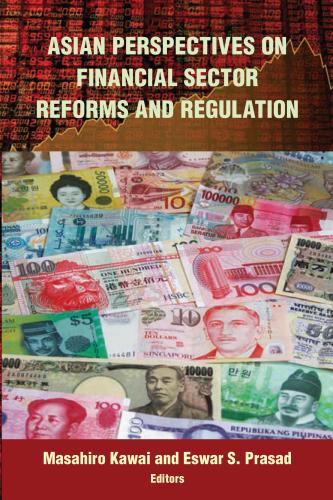Workers in STEM (science, technology, engineering, and math) fields play a direct role in driving economic growth.
Yet, because of how the STEM economy has been defined, policymakers have mainly focused on supporting workers with at least a bachelor’s (BA) degree, overlooking a strong potential workforce of those with less education but substantial STEM skills.
An analysis of the occupational requirements for STEM knowledge finds that:
As of 2011, 26 million U.S. jobs—20 percent of all jobs—require a high level of knowledge in any one STEM field. STEM jobs have doubled as a share of all jobs since the Industrial Revolution, from less than 10 percent in 1850 to 20 percent in 2010.
Half of all STEM jobs are available to workers without a four-year college degree, and these jobs pay $53,000 on average—a wage 10 percent higher than jobs with similar educational requirements. Half of all STEM jobs are in manufacturing, health care, or construction industries. Installation, maintenance, and repair occupations constitute 12 percent of all STEM jobs, one of the largest occupational categories. Other blue-collar or technical jobs in fields such as construction and production also frequently demand STEM knowledge.
STEM jobs that require at least a bachelor’s degree are highly clustered in certain metropolitan areas, while sub-bachelor’s STEM jobs are prevalent in every large metropolitan area. Of large metro areas, San Jose, CA, and Washington, D.C., have the most STEM-based economies, but Baton Rouge, LA, Birmingham, AL, and Wichita, KS, have among the largest share of STEM jobs in fields that do not require four-year college degrees. These sub-bachelor’s STEM jobs pay relatively high wages in every large metropolitan area.
More STEM-oriented metropolitan economies perform strongly on a wide variety of economic indicators, from innovation to employment. Job growth, employment rates, patenting, wages, and exports are all higher in more STEM-based economies. The presence of sub-bachelor’s degree STEM workers helps boost innovation measures one-fourth to one-half as much as bachelor’s degree STEM workers, holding other factors constant. Concentrations of these jobs are also associated with less income inequality.
This report presents a new and more rigorous way to define STEM occupations, and in doing so presents a new portrait of the STEM economy. Of the $4.3 billion spent annually by the federal government on STEM education and training, only one-fifth goes towards supporting sub-bachelor’s level training, while twice as much supports bachelor’s or higher level-STEM careers. The vast majority of National Science Foundation spending ignores community colleges. In fact, STEM knowledge offers attractive wage and job opportunities to many workers with a post-secondary certificate or associate’s degree. Policy makers and leaders can do more to foster a broader absorption of STEM knowledge to the U.S workforce and its regional economies.
The Brookings Institution is committed to quality, independence, and impact.
We are supported by a diverse array of funders. In line with our values and policies, each Brookings publication represents the sole views of its author(s).










